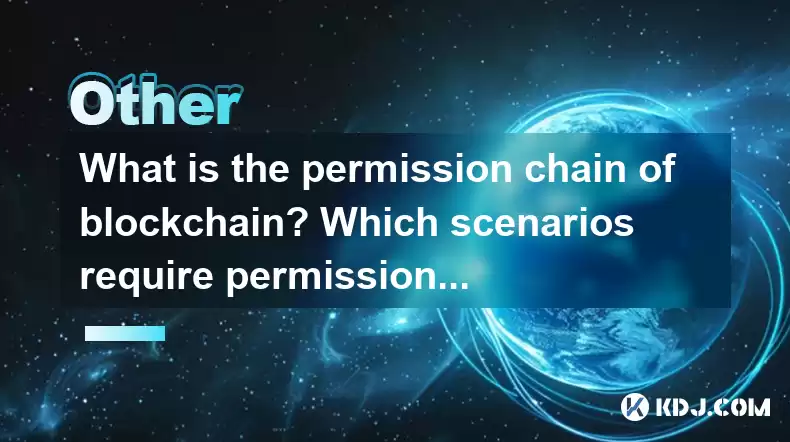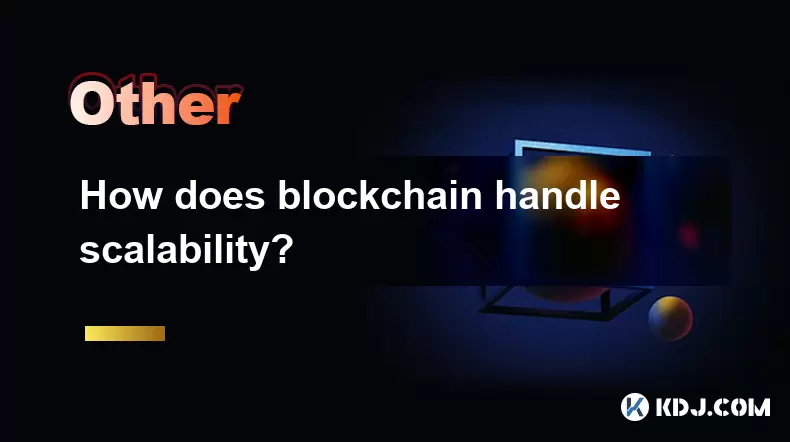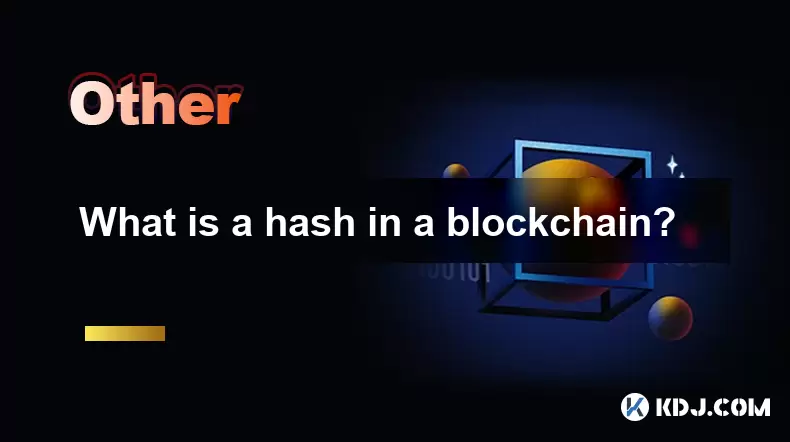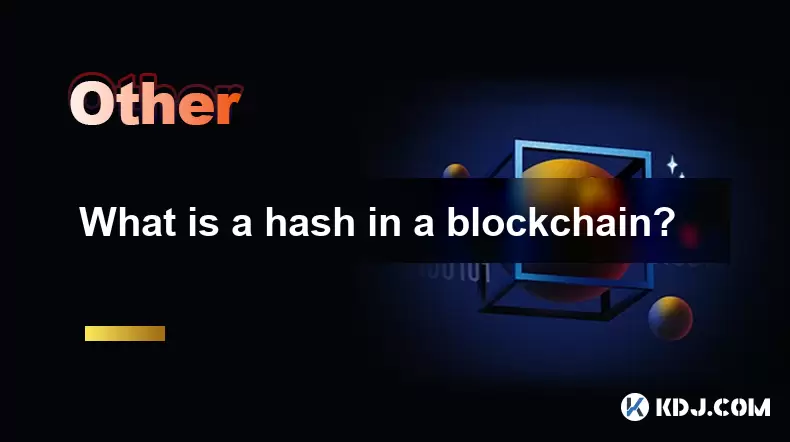-
 Bitcoin
Bitcoin $113900
-1.39% -
 Ethereum
Ethereum $3517
-4.15% -
 XRP
XRP $3.009
1.59% -
 Tether USDt
Tether USDt $0.9997
-0.04% -
 BNB
BNB $766.8
-1.41% -
 Solana
Solana $164.6
-2.38% -
 USDC
USDC $0.9998
-0.02% -
 TRON
TRON $0.3277
0.65% -
 Dogecoin
Dogecoin $0.2023
-1.67% -
 Cardano
Cardano $0.7246
0.05% -
 Hyperliquid
Hyperliquid $38.27
-4.77% -
 Sui
Sui $3.528
-0.52% -
 Stellar
Stellar $0.3890
-0.73% -
 Chainlink
Chainlink $16.16
-2.69% -
 Bitcoin Cash
Bitcoin Cash $539.9
-4.38% -
 Hedera
Hedera $0.2425
-2.00% -
 Avalanche
Avalanche $21.71
-0.97% -
 Toncoin
Toncoin $3.662
5.73% -
 Ethena USDe
Ethena USDe $1.000
-0.02% -
 UNUS SED LEO
UNUS SED LEO $8.964
0.35% -
 Litecoin
Litecoin $107.7
2.33% -
 Shiba Inu
Shiba Inu $0.00001223
-0.40% -
 Polkadot
Polkadot $3.617
-0.97% -
 Uniswap
Uniswap $9.052
-2.49% -
 Monero
Monero $295.1
-3.79% -
 Dai
Dai $0.9999
0.00% -
 Bitget Token
Bitget Token $4.315
-1.85% -
 Pepe
Pepe $0.00001060
0.11% -
 Cronos
Cronos $0.1342
-2.72% -
 Aave
Aave $256.0
-0.87%
What is the permission chain of blockchain? Which scenarios require permission chain?
Permission chains balance public blockchain openness with private blockchain control, ideal for scenarios requiring data privacy and regulatory compliance.
Apr 28, 2025 at 05:35 pm

The concept of a permission chain in blockchain technology refers to a type of blockchain network where access to the network and the ability to perform certain actions are controlled by a central authority or a set of predefined rules. Unlike public blockchains, where anyone can join and participate, permission chains require participants to be granted permission before they can engage in activities such as validating transactions or adding new blocks to the chain.
Permission chains are designed to offer a balance between the openness of public blockchains and the control and security of private blockchains. They are often used in scenarios where data privacy, regulatory compliance, and controlled access are crucial. In a permission chain, the identities of the participants are known and verified, which adds an additional layer of security and trust to the network.
Key Features of Permission Chains
Permission chains come with several key features that distinguish them from other types of blockchains. One of the main features is the controlled access to the network. Only authorized participants can join the network, and their roles and permissions can be strictly defined. This allows for better management of the network and ensures that only trusted parties can participate in the validation and consensus processes.
Another important feature is the ability to maintain privacy and confidentiality. In a permission chain, sensitive data can be encrypted and only accessible to authorized participants. This is particularly important in industries where data privacy is a top priority, such as finance and healthcare.
Additionally, permission chains often offer better scalability and performance compared to public blockchains. Since the number of participants is controlled, the network can be optimized for speed and efficiency, making it suitable for enterprise applications that require high throughput and low latency.
Scenarios Requiring Permission Chains
There are several scenarios where the use of a permission chain is particularly beneficial. One common scenario is in the financial sector, where banks and financial institutions need to share data securely and comply with regulatory requirements. A permission chain can provide the necessary level of control and security to ensure that only authorized parties can access and validate transactions.
Another scenario is in supply chain management, where multiple parties need to collaborate and share information about the movement of goods. A permission chain can help ensure that all participants have access to accurate and up-to-date information while maintaining the privacy of sensitive data.
In healthcare, permission chains can be used to securely share patient data among healthcare providers. This can improve the efficiency of healthcare delivery and ensure that patient information is protected and only accessible to authorized personnel.
Government institutions can also benefit from permission chains when they need to share data securely among different departments or with external partners. A permission chain can help ensure that data is shared in a controlled and secure manner, while also maintaining the necessary level of transparency and accountability.
How to Set Up a Permission Chain
Setting up a permission chain involves several steps to ensure that the network is secure and properly configured. Here is a detailed guide on how to set up a permission chain:
Choose the right blockchain platform: There are several blockchain platforms that support permission chains, such as Hyperledger Fabric, Corda, and Quorum. Choose a platform that meets your specific requirements and has the necessary features for your use case.
Define the network participants: Identify the participants who will be part of the network and define their roles and permissions. This includes deciding who can join the network, who can validate transactions, and who can add new blocks to the chain.
Set up the network infrastructure: Set up the necessary hardware and software infrastructure to support the permission chain. This includes setting up nodes, configuring the network, and ensuring that all participants have the necessary tools and resources to participate in the network.
Implement security measures: Implement robust security measures to protect the network from unauthorized access and ensure the integrity of the data. This includes setting up encryption, implementing access controls, and regularly monitoring the network for any suspicious activity.
Test and deploy the network: Thoroughly test the network to ensure that it is functioning as expected and that all participants can access and interact with the network securely. Once the testing is complete, deploy the network and start using it for your specific use case.
Benefits of Using Permission Chains
There are several benefits to using permission chains in blockchain applications. One of the main benefits is enhanced security and privacy. By controlling access to the network and encrypting sensitive data, permission chains can help protect against unauthorized access and data breaches.
Another benefit is improved scalability and performance. Since the number of participants is controlled, permission chains can be optimized for speed and efficiency, making them suitable for enterprise applications that require high throughput and low latency.
Additionally, permission chains can help ensure regulatory compliance. By controlling who can access and validate transactions, permission chains can help organizations comply with regulatory requirements and maintain the necessary level of transparency and accountability.
Finally, permission chains can facilitate collaboration among multiple parties. By providing a secure and controlled environment for sharing data and collaborating on transactions, permission chains can help improve the efficiency and effectiveness of business processes.
Challenges and Considerations
While permission chains offer several benefits, there are also some challenges and considerations to keep in mind. One challenge is the need for a central authority or set of rules to manage access to the network. This can introduce a single point of failure and may require additional resources to manage and maintain.
Another consideration is the balance between control and decentralization. While permission chains offer more control over the network, they may also reduce the level of decentralization and openness compared to public blockchains. Organizations need to carefully consider their specific requirements and choose the right balance between control and decentralization.
Additionally, the implementation and maintenance of permission chains can be complex and resource-intensive. Organizations need to have the necessary expertise and resources to set up and manage the network effectively.
Finally, there may be concerns about interoperability and compatibility with other blockchain networks. Organizations need to consider how their permission chain will interact with other networks and ensure that it can seamlessly integrate with existing systems and processes.
Frequently Asked Questions
Q1: How does a permission chain differ from a public blockchain?
A permission chain differs from a public blockchain in that it requires participants to be granted permission before they can join the network and perform certain actions. In contrast, a public blockchain allows anyone to join and participate without any restrictions.
Q2: Can a permission chain be converted to a public blockchain?
While it is technically possible to convert a permission chain to a public blockchain, it would require significant changes to the network architecture and governance model. Organizations need to carefully consider the implications and feasibility of such a conversion before making a decision.
Q3: What are some examples of permission chain platforms?
Some examples of permission chain platforms include Hyperledger Fabric, Corda, and Quorum. These platforms are designed to support permission chains and offer features such as controlled access, privacy, and scalability.
Q4: How can organizations ensure the security of a permission chain?
Organizations can ensure the security of a permission chain by implementing robust security measures such as encryption, access controls, and regular monitoring. It is also important to carefully manage access to the network and ensure that only authorized participants can join and participate.
Disclaimer:info@kdj.com
The information provided is not trading advice. kdj.com does not assume any responsibility for any investments made based on the information provided in this article. Cryptocurrencies are highly volatile and it is highly recommended that you invest with caution after thorough research!
If you believe that the content used on this website infringes your copyright, please contact us immediately (info@kdj.com) and we will delete it promptly.
- DeFi Token Summer Gains: Is Mutuum Finance the Real Deal?
- 2025-08-02 18:30:12
- Bitcoin, Realized Price, and the Top: Are We There Yet?
- 2025-08-02 18:30:12
- Dogwifhat (WIF) Rally: Will the Meme Coin Bite Back?
- 2025-08-02 19:10:12
- PayFi Heats Up: Tron's AMA Recap & TRX's Bullish Nasdaq Debut
- 2025-08-02 19:10:12
- ARK Invest, Coinbase, and BitMine: Decoding the Crypto Investment Shuffle
- 2025-08-02 19:15:23
- JasmyCoin Under Pressure: Bears Grip Tight, Testing Lower Support
- 2025-08-02 19:15:23
Related knowledge

What is the difference between on-chain and off-chain transactions?
Aug 02,2025 at 04:22pm
Understanding On-Chain TransactionsOn-chain transactions refer to digital asset transfers that are recorded directly on a blockchain ledger. These tra...

What is the double-spending problem and how does blockchain prevent it?
Aug 02,2025 at 01:07pm
Understanding the Double-Spending ProblemThe double-spending problem is a fundamental challenge in digital currency systems where the same digital tok...

What is the difference between a blockchain and a database?
Aug 01,2025 at 09:36pm
Understanding the Core Structure of a BlockchainA blockchain is a decentralized digital ledger that records data in a series of immutable blocks linke...

How does blockchain handle scalability?
Aug 02,2025 at 02:58pm
Understanding Blockchain Scalability ChallengesBlockchain scalability refers to a network's ability to handle an increasing volume of transactions wit...

What is a hash in a blockchain?
Aug 02,2025 at 05:28am
Understanding the Concept of Hash in BlockchainA hash in the context of blockchain technology refers to a unique digital fingerprint generated by a cr...

What is a hash in a blockchain?
Aug 02,2025 at 04:43am
Understanding the Concept of Hash in BlockchainA hash in the context of blockchain technology refers to a unique digital fingerprint generated by a cr...

What is the difference between on-chain and off-chain transactions?
Aug 02,2025 at 04:22pm
Understanding On-Chain TransactionsOn-chain transactions refer to digital asset transfers that are recorded directly on a blockchain ledger. These tra...

What is the double-spending problem and how does blockchain prevent it?
Aug 02,2025 at 01:07pm
Understanding the Double-Spending ProblemThe double-spending problem is a fundamental challenge in digital currency systems where the same digital tok...

What is the difference between a blockchain and a database?
Aug 01,2025 at 09:36pm
Understanding the Core Structure of a BlockchainA blockchain is a decentralized digital ledger that records data in a series of immutable blocks linke...

How does blockchain handle scalability?
Aug 02,2025 at 02:58pm
Understanding Blockchain Scalability ChallengesBlockchain scalability refers to a network's ability to handle an increasing volume of transactions wit...

What is a hash in a blockchain?
Aug 02,2025 at 05:28am
Understanding the Concept of Hash in BlockchainA hash in the context of blockchain technology refers to a unique digital fingerprint generated by a cr...

What is a hash in a blockchain?
Aug 02,2025 at 04:43am
Understanding the Concept of Hash in BlockchainA hash in the context of blockchain technology refers to a unique digital fingerprint generated by a cr...
See all articles

























































































